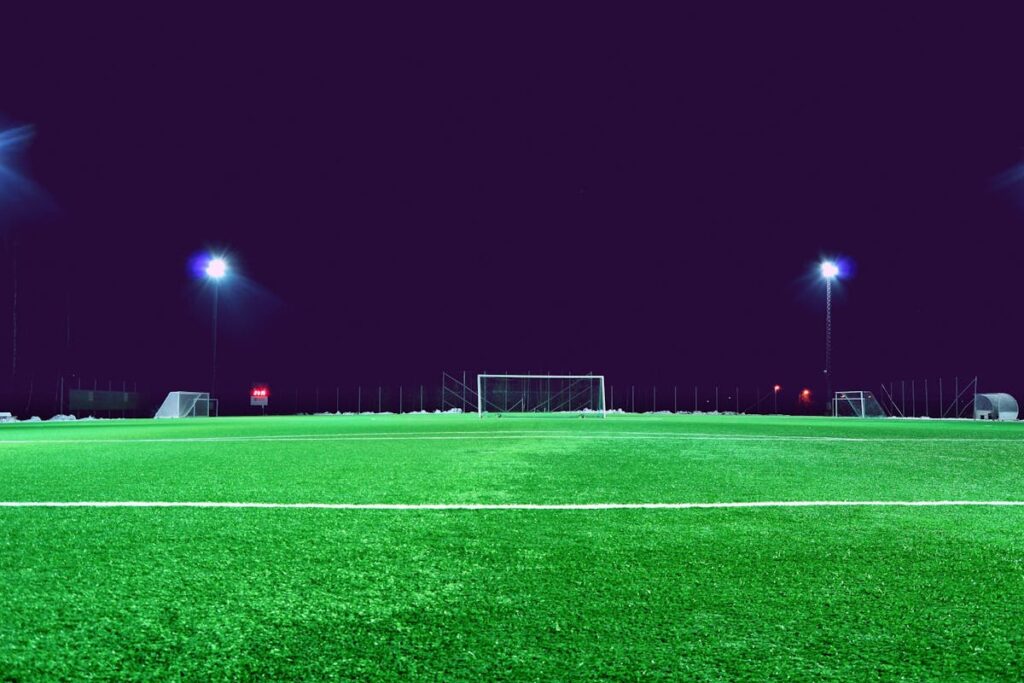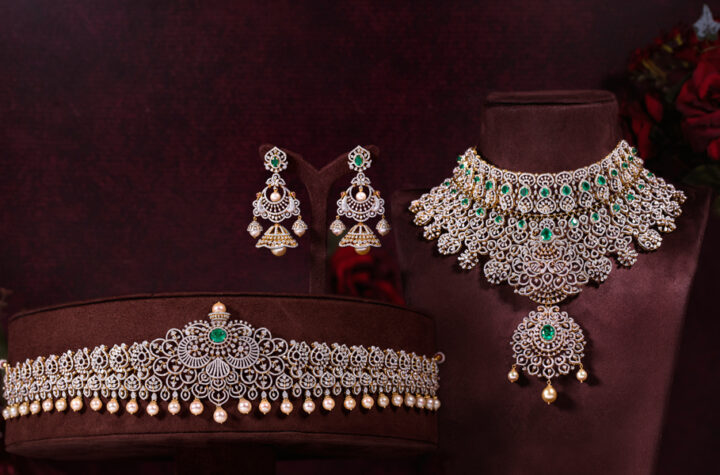
When it comes to transforming your outdoor space, artificial turf has emerged as a popular alternative to traditional grass. But while many homeowners are drawn to the idea of a low-maintenance, evergreen lawn, there’s often one question that lingers: What is the real cost of installing artificial turf, and is it worth the investment? Let’s break down the factors that affect the cost of artificial turf and determine whether this long-term solution is a good fit for your home, with insights from a trusted turf company.
Upfront Installation Costs
One of the most significant considerations when deciding whether to install artificial turf is the initial installation cost. Installing artificial grass involves more than just laying down a synthetic lawn—it requires site preparation, leveling the ground, and installing a proper drainage system to ensure the turf performs well over time. This installation process means that artificial turf typically comes with a higher upfront cost compared to laying sod or seeding a natural lawn.
On average, the cost of installing artificial turf can range from $5 to $20 per square foot, depending on the quality of the materials, the size of your yard, and the complexity of the installation. High-quality turf materials may cost more initially but provide better durability, realistic aesthetics, and longer warranties. This is where working with a professional Allen turf company becomes invaluable, as they can recommend the best products and ensure a seamless installation.
While the upfront expense may seem daunting, it’s important to remember that artificial turf is a long-term investment—one that can offer significant savings and benefits over time.
Long-Term Savings: Lower Maintenance Costs
One of the main selling points of artificial turf is its low-maintenance nature, which translates into long-term cost savings. Natural grass lawns require regular upkeep, including watering, mowing, fertilizing, and weed control. All of these tasks come with expenses—whether it’s the cost of water, purchasing fertilizers and pesticides, or hiring a landscaper to maintain the yard.
By contrast, artificial turf requires very little maintenance. It doesn’t need to be watered, mowed, or fertilized, which can save homeowners hundreds (or even thousands) of dollars each year. Additionally, artificial turf doesn’t suffer from the same wear and tear as natural grass, meaning you won’t have to worry about reseeding or patching up dead spots after a rough season.
Over the course of several years, these savings can offset the initial installation costs, making artificial turf a more cost-effective solution in the long run.
Water Conservation: Lower Utility Bills
Water usage is a significant ongoing cost for homeowners with traditional lawns, especially in regions prone to drought or where water restrictions are in place. According to the Environmental Protection Agency (EPA), the average American household uses about 30% of its water outdoors, with much of that being used to irrigate lawns.
Artificial turf eliminates the need for irrigation, which can significantly reduce your water bill. In fact, some estimates suggest that switching to artificial grass can save a homeowner up to 55 gallons of water per square foot each year. Over time, these savings can add up, especially in areas where water prices are rising or where penalties are imposed for excessive water use.
For environmentally conscious homeowners, reducing water consumption is another compelling reason to invest in artificial turf. It not only benefits your wallet but also helps conserve valuable natural resources.
Durability and Longevity
Another factor that plays into the overall cost-effectiveness of artificial turf is its durability. High-quality artificial grass is designed to withstand heavy foot traffic, harsh weather conditions, and UV rays without losing its color or texture. Most artificial turf products come with warranties that range from 8 to 15 years, and with proper care, it’s not uncommon for artificial turf to last even longer.
In contrast, natural lawns often need to be reseeded, patched, or replaced every few years, particularly in areas that experience extreme weather or heavy use. By investing in artificial turf, you are investing in a product that will maintain its appearance and functionality for many years, which can save you money in the long run by avoiding frequent repairs or replacements.
Increase in Property Value
A well-maintained, aesthetically pleasing yard can boost your property’s curb appeal and overall value. Artificial turf, with its year-round greenery and manicured appearance, creates a visually appealing landscape that can attract potential buyers. For homeowners who may be considering selling their property in the future, installing artificial grass can be a smart investment that pays off in terms of resale value.
Additionally, artificial turf’s low-maintenance benefits are appealing to busy buyers who want a beautiful outdoor space without the time commitment required by natural grass. A backyard outfitted with artificial turf may give your property a competitive edge in the real estate market, making it easier to sell and potentially fetching a higher price.
Environmental Benefits
The environmental impact of artificial turf is another cost consideration that may tip the scales in favor of installation. Artificial grass eliminates the need for chemical fertilizers, herbicides, and pesticides, all of which can be harmful to the environment. Furthermore, because artificial grass doesn’t need to be mowed, it reduces greenhouse gas emissions from gas-powered lawn equipment.
By installing artificial turf, you’re not just saving on immediate costs but contributing to a more sustainable, eco-friendly landscape. In some regions, homeowners can even qualify for rebates or incentives for reducing water usage through landscaping modifications, which can further offset the initial cost of installing artificial turf.
Potential Costs to Keep in Mind
While the long-term savings and benefits of artificial turf are significant, it’s also important to be aware of potential costs that may arise down the road. For example, depending on your location, you may occasionally need to clean or deodorize the turf, particularly if you have pets. While these maintenance tasks are relatively minor compared to traditional lawn care, they do represent an additional expense.
Additionally, while artificial turf is highly durable, certain sections may eventually wear out or flatten due to heavy use. In such cases, repairs or replacement of small areas may be necessary, though this is often covered by warranties from your turf company.
Conclusion: Is Artificial Turf Worth the Investment?
When considering the overall costs and benefits, artificial turf presents a compelling case as a long-term investment. While the upfront installation costs may be higher than natural grass, the long-term savings on maintenance, water, and upkeep can make it a more cost-effective choice over time. Its durability, low maintenance requirements, water conservation benefits, and potential to increase property value all contribute to its appeal.
Ultimately, the real cost of artificial turf depends on factors such as the size of your yard, the quality of the turf, and your specific needs. Consulting with a reputable turf company can help you make an informed decision, ensuring that you choose the best product and installation plan for your space.
For homeowners seeking a beautiful, eco-friendly, and low-maintenance yard that saves both time and money in the long run, artificial turf is a worthy investment.




